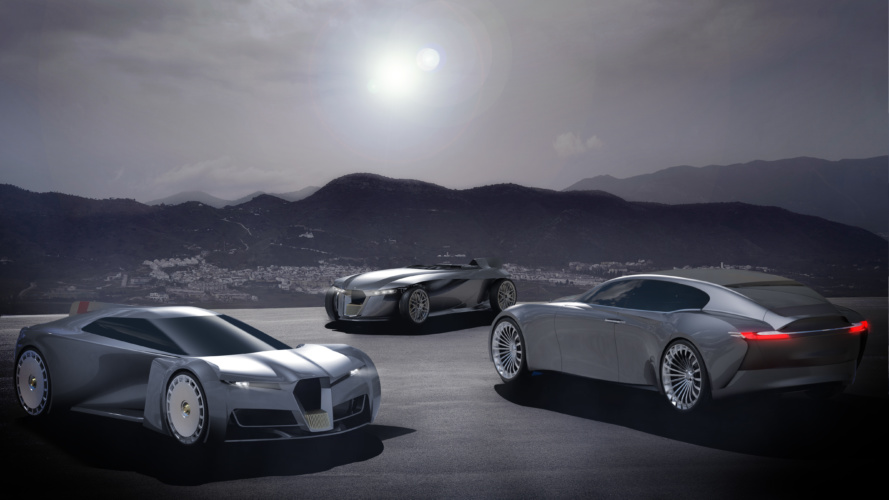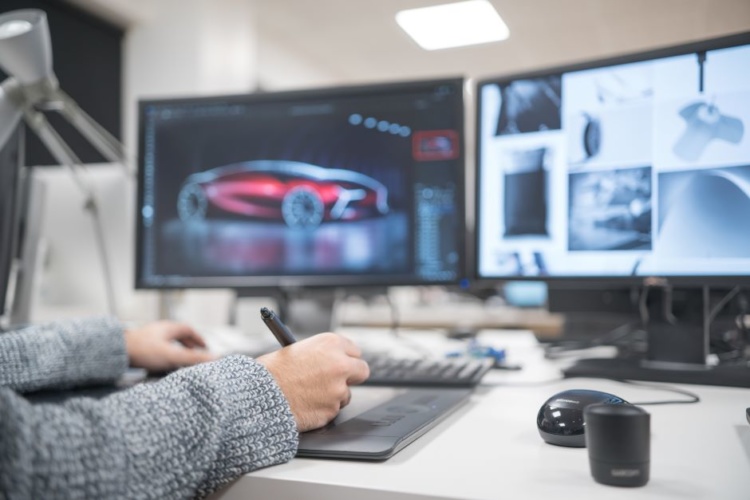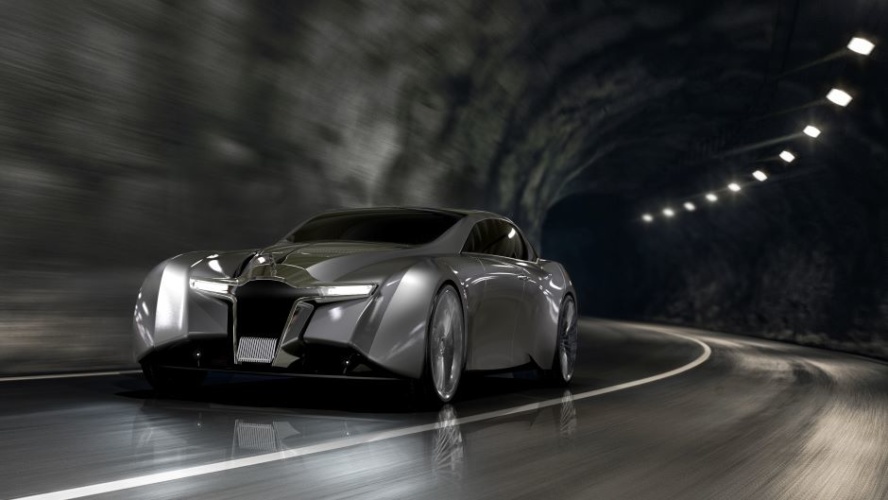Concept cars unveiled at motor shows have always captured the public imagination, and in the past, it has often been a case of the more outlandish, the better. There have been concept cars ‘designed’ to fly, to take to the water, to run on nuclear power and drive via magnetic energy – to mention but a few. None of them ever turned a wheel in the real world, of course. But it didn’t matter, not as long as the champagne and the column inches flowed.

But that world is no more. Following the COVID-19 pandemic, the very existence of the traditional motor show is hanging by a thread. Budgets are being slashed, and the need for viable, cross-departmental holistic solutions is more critical than ever. Which is partly why many OEMs are moving away from concept cars in favour of technology demonstrators – and why engineering and design are working closer together than ever.
Foldaway Haptics flap into focus on Mercedes concept car
Gordon Murray unveils T.50 supercar
So, what advantages does a technology demonstrator give over a concept car?
Whereas traditionally concept cars were often created by designers only and then ‘given’ to engineers to turn into reality, technology demonstrators allow designers and engineers to work together from the start.
This gives numerous advantages, with engineering input in all key areas, ensuring a much more production-focused model package. Taking an experiential design approach embeds real-world, production-viable solutions right from the start of the project.

The stunning looks of some concept cars are occasionally combined with reduced functionality, and more often than not, in today’s economic environment they only display the vehicle’s exterior to give an insight into its unique design features. But with their robust and durable build, technology demonstrators can live up to their name, double as a first prototype and facilitate the testing, and in some cases proving, of near production-ready software and hardware.
Combined with enhanced functionality, technology demonstrators provide customers with a hands-on experience much more representative of a production model. This, in turn, significantly increases the value of their feedback to the manufacturer. Similarly, the enhanced experience gained from interacting with a technology demonstrator, as opposed to merely looking at a concept car, is invaluable when presenting to other colleagues, board members and customers.
Combining engineering and design development into one project saves time, resources and money, plus it can provide proof of concept at a much earlier stage. It also enables manufacturers to involve suppliers sooner and gain feedback on technologies, materials and any potential build issues.
Creating a vehicle that meets the dual challenges of engineering and design naturally adds layers of complexity and puts pressure on timeframes for delivery. However, that is tempered by manufacturers increasingly responding to their own drumbeat and not the demands of an externally imposed motor show deadline.

The COVID-19 pandemic may have stopped motor shows in the traditional sense. But it has not stopped OEMs, who are still developing both concept cars and technical demonstrators to present at their own private events and launches directly to press and customers. This is actually an acceleration of a pre-COVID trend. Some smaller OEMs and start-up companies were already questioning the value of motor shows, preferring not to share the limelight with their competitors, and holding more targeted launches instead.
Nevertheless, creating a technology demonstrator can be more demanding than building a concept car. At Envisage Group, we have more than a decade’s experience working with the world’s largest and most prestigious OEMs. Our engineering and design technologies are critical for the development of such vehicles.
In these projects, the most essential tool of all is the ability to communicate. This ensures that design and engineering are aligned at the point of kicking off the programme and remain so all the way through. Ultimately, a technology demonstrator’s role is to communicate, and it can only do that effectively if successful collaboration has been at the heart of its creation all the way through.
Without a doubt, manufacturers are recognising the numerous benefits of building technology demonstrators. But that does not mean the end of the concept car. Concept cars are still incredibly useful as they allow a company to test the water and set their design language, generating public interest and potentially even attracting financial investment to take the next step to production if required.
Even with COVID-19 and the clear advantages of technical demonstrators, I suspect we haven’t seen the end of the occasional outrageous concept car. Indeed, the world would be a poorer place without them.
Tim Strafford, CEO, Envisage Group




Red Bull makes hydrogen fuel cell play with AVL
Formula 1 is an anachronistic anomaly where its only cutting edge is in engine development. The rules prohibit any real innovation and there would be...